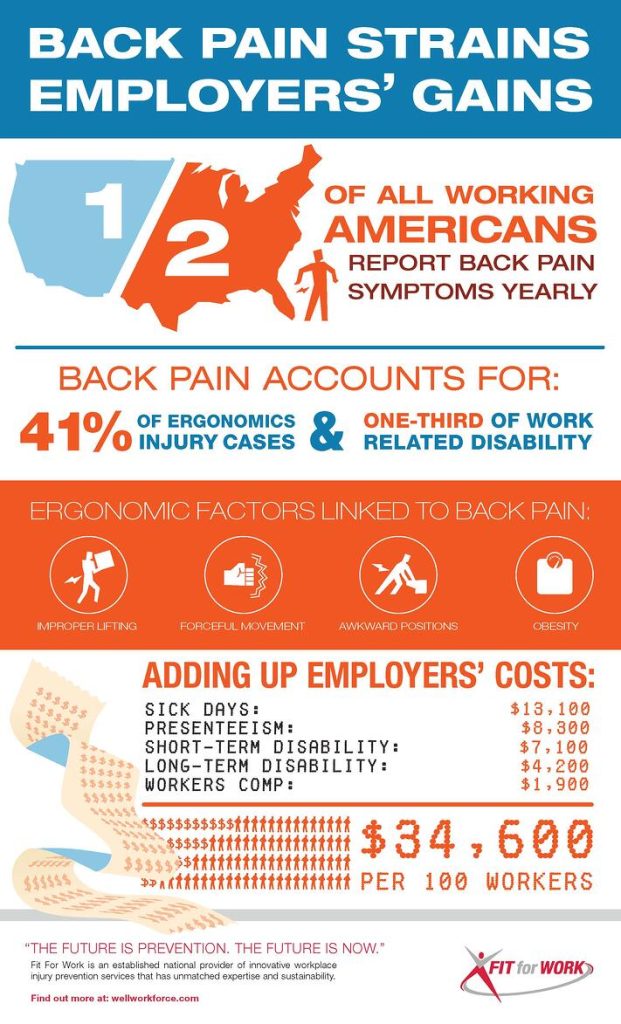Risk management information systems (RMIS) are essential tools for larger companies to track safety data and evaluate risks. When choosing the perfect tool for your organization, consider the following features:
- Insurance Claims Management
- Audits and Inspections
- Corrective and Preventative Actions
- EHS Legislation Tracking and Updates
- Environmental Permit Tracking (air, water, waste, etc.)
- Ergonomics Assessment Tools
- External Agency Reporting (OSHA-USA, RIDDOR-UK, etc.)
- Incident Reporting (workflows, notifications, alerts, etc.)
- Integration and support provided by vendor (enough where you needed)
- Integration into current systems and workday (medical management, etc.)
- Key Performance (indicators, analytics, and reporting)
- Mobile Applications (on/off-line)
- Risk Assessments (plant/site, job safety/job hazard – analysis, etc.)
- Root Cause Analysis (with multiple methodologies)
- Total Contract Costs (based on contract length
- User Interface (multiple languages, ease of use, workflows make sense, etc.)
- User Licenses (limitations and legal requirements)
This list is just a starting point. The size and complexity of your operations will have a big impact on your actual needs, so all companies should tailor their RMIS to work best for them. If you’re not quite ready for the involvement (and investment) of a full RMIS, consider our eBook this month on Simplifying the Scoring Process to help you incorporate a risk-based ranking system tailored to your business.





